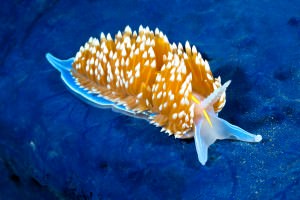 Principles of Remarkable Research: Part 20 of 20
Principles of Remarkable Research: Part 20 of 20
Remarkable Researchers understand that markets change—sometimes quickly. And often more quickly than do companies. The implication for remarkable research is twofold:
- Always let the audience know the expected shelf life of the research. Are the findings likely to reflect reality for one year? 2 years? 3 or more?
- Clearly identify which foundational/underlying assumptions exist that, if changed, could meaningfully influence conclusions.
I am reminded of the arctic fox that changes color rather dramatically from brown in the spring to white in the winter. But it is not easy, its fur changes slowly, growing an entire new coat. In other animals, change happens more quickly with some species actually changing the pigments in their skin. For example, nudibranches (the tiny sea creature pictured above) change color by altering their diet. When a nudibranch eats coral, its body uses the pigments. The pigments are visible, and the animal becomes the same color as the coral. Why do I digress? A metaphor exists here for research. When markets change, it can require growing a completely new coat of fur (doing new research), or it can rely on mechanisms that change the output to reflect current reality.
[This is the twentieth article in a series of 20 mini-posts titled, “Principles of Remarkable Research.” But I can’t help myself; I have one more post coming next Tuesday and then the series will be over. Don’t want to miss it? Subscribe to our blog via email or RSS.]









